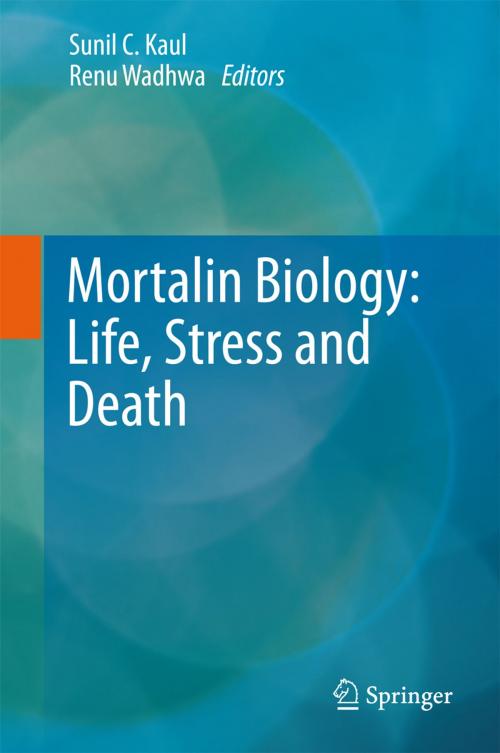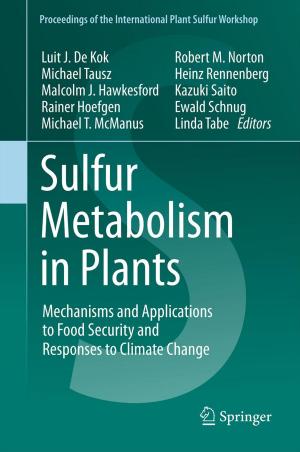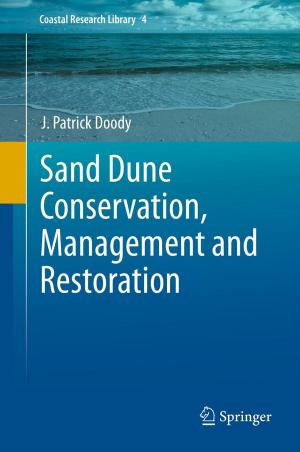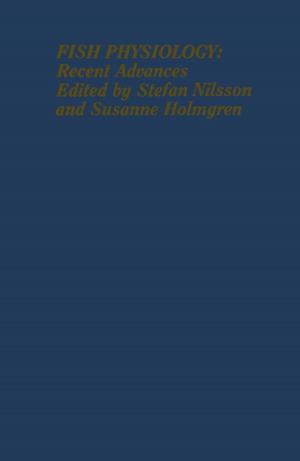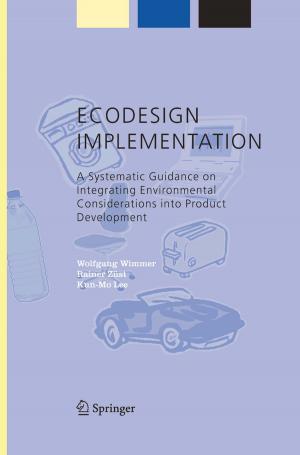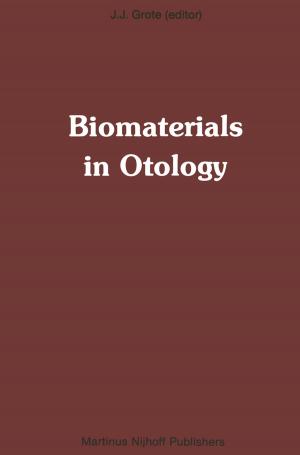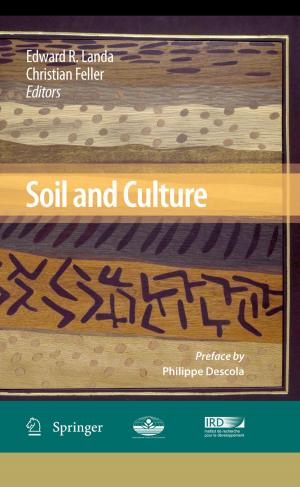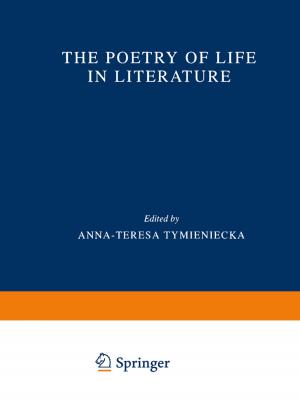Mortalin Biology: Life, Stress and Death
Nonfiction, Science & Nature, Science, Other Sciences, Molecular Biology, Health & Well Being, Medical, Medical Science, Genetics| Author: | ISBN: | 9789400730274 | |
| Publisher: | Springer Netherlands | Publication: | March 23, 2012 |
| Imprint: | Springer | Language: | English |
| Author: | |
| ISBN: | 9789400730274 |
| Publisher: | Springer Netherlands |
| Publication: | March 23, 2012 |
| Imprint: | Springer |
| Language: | English |
The phrase “Life, stress and death” connects three terms, but is there a biological basis for that? Are there molecules that are essential to/or mediate these phenomena? This contributory volume “Mortalin Biology: Life, Stress and Death” is a remarkable compilation of the research outcomes on the stress protein mortalin, a member of heat shock 70 family of proteins. The book is unique as it describes mortalin playing essential role in life, stress response and death either from cancer, when it becomes hyperactive or from neuro-degeneration, when it becomes hypoactive. The book provides up-to-date knowledge on mortalin with respect to its discovery, structure, evolutionary conservation, function and signal transduction in different organisms in a simple, but most comprehensive way, that besides offering an enjoyable and in-depth reading, prompts the reader to ask further questions to explore this protein with new ideas, approaches and experiments. Twenty-one chapters by the world leaders on the specific areas of mortalin research throw light on its multi-functionality, potentials for biotechnology, diagnostics and therapeutic values. Avenues of mortalin biology, yet unexplored, hold immense promises for future, and reading this volume provides an easy, enthusiastic and energetic head-on start.
The phrase “Life, stress and death” connects three terms, but is there a biological basis for that? Are there molecules that are essential to/or mediate these phenomena? This contributory volume “Mortalin Biology: Life, Stress and Death” is a remarkable compilation of the research outcomes on the stress protein mortalin, a member of heat shock 70 family of proteins. The book is unique as it describes mortalin playing essential role in life, stress response and death either from cancer, when it becomes hyperactive or from neuro-degeneration, when it becomes hypoactive. The book provides up-to-date knowledge on mortalin with respect to its discovery, structure, evolutionary conservation, function and signal transduction in different organisms in a simple, but most comprehensive way, that besides offering an enjoyable and in-depth reading, prompts the reader to ask further questions to explore this protein with new ideas, approaches and experiments. Twenty-one chapters by the world leaders on the specific areas of mortalin research throw light on its multi-functionality, potentials for biotechnology, diagnostics and therapeutic values. Avenues of mortalin biology, yet unexplored, hold immense promises for future, and reading this volume provides an easy, enthusiastic and energetic head-on start.
